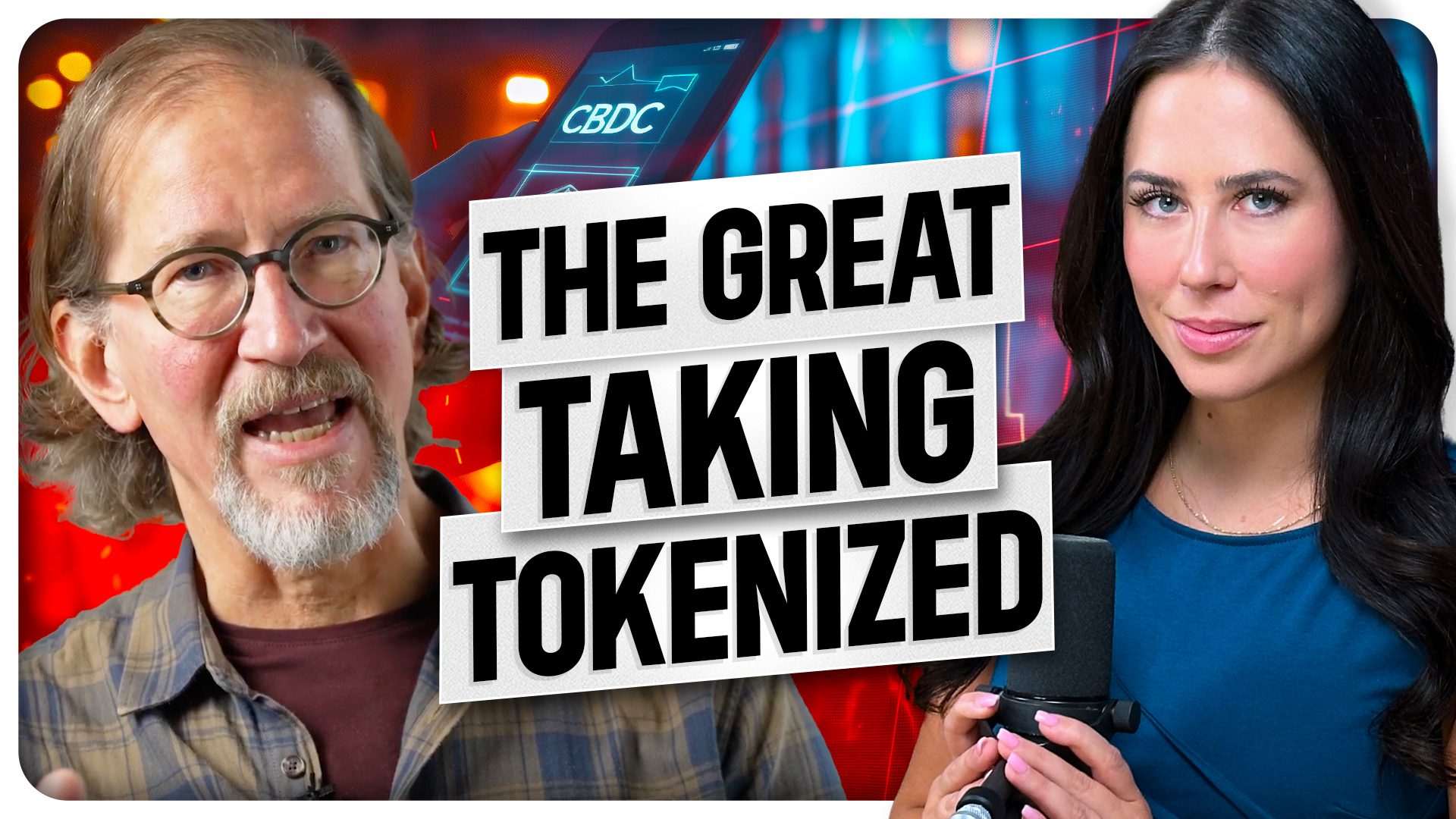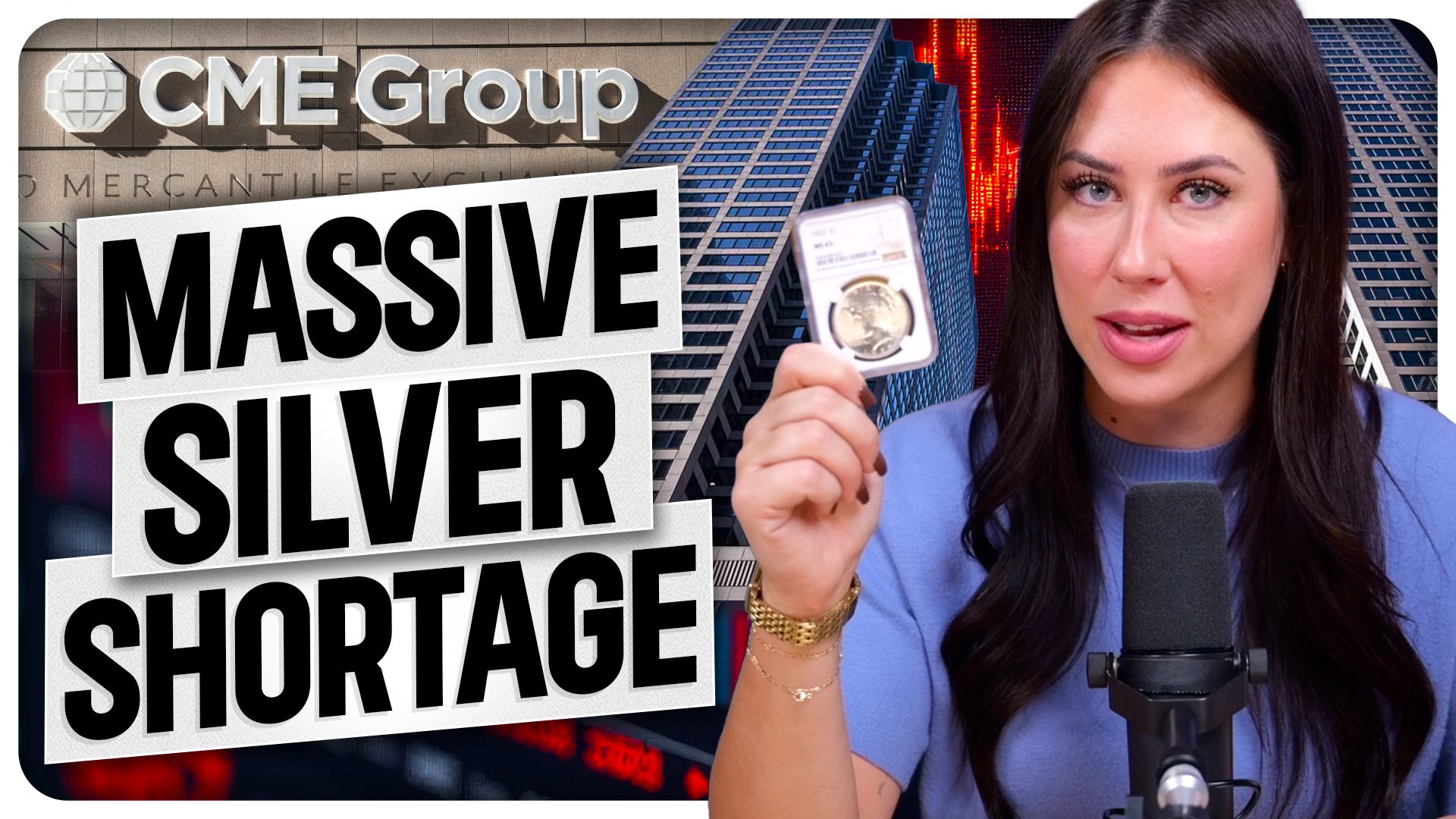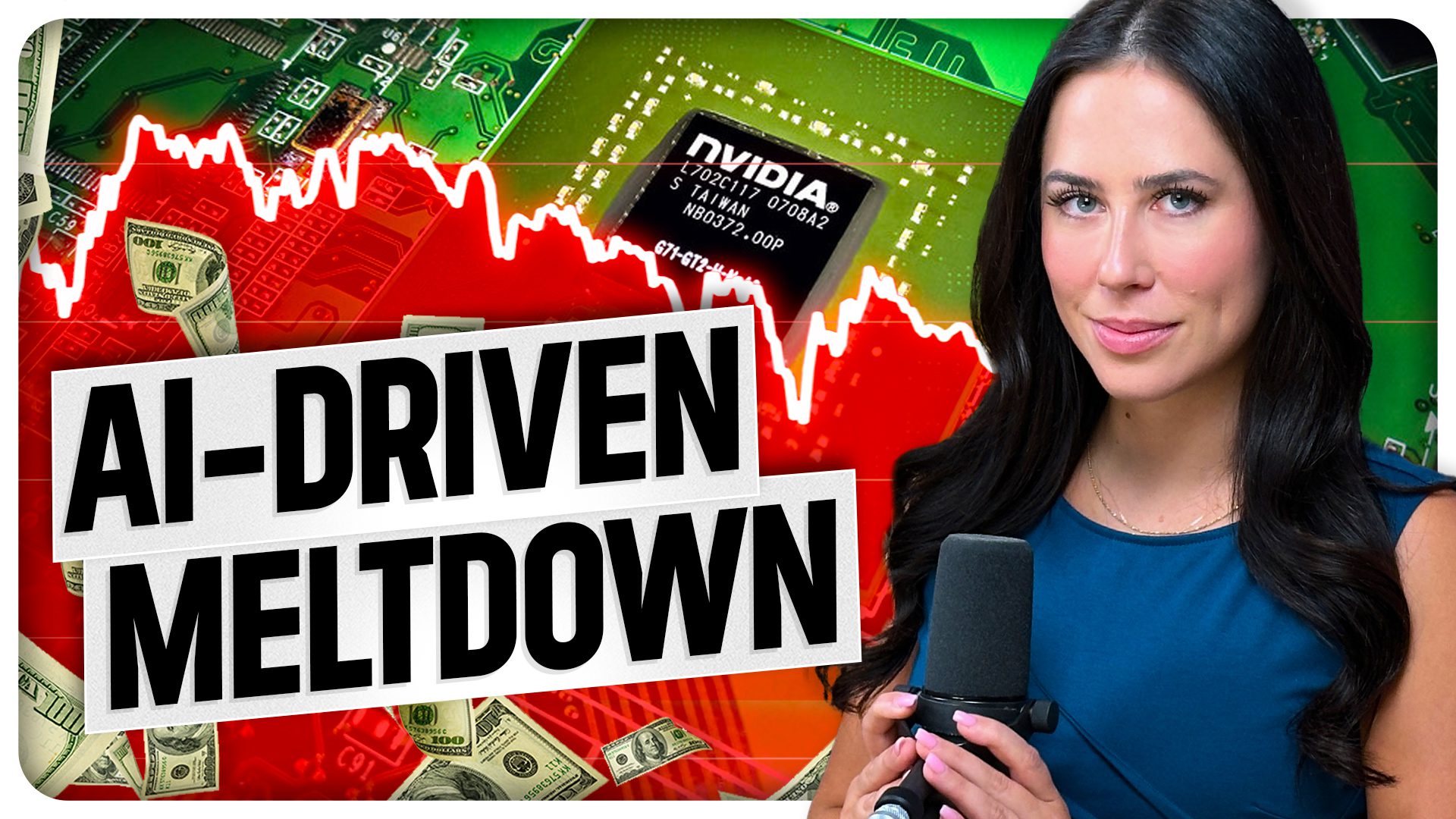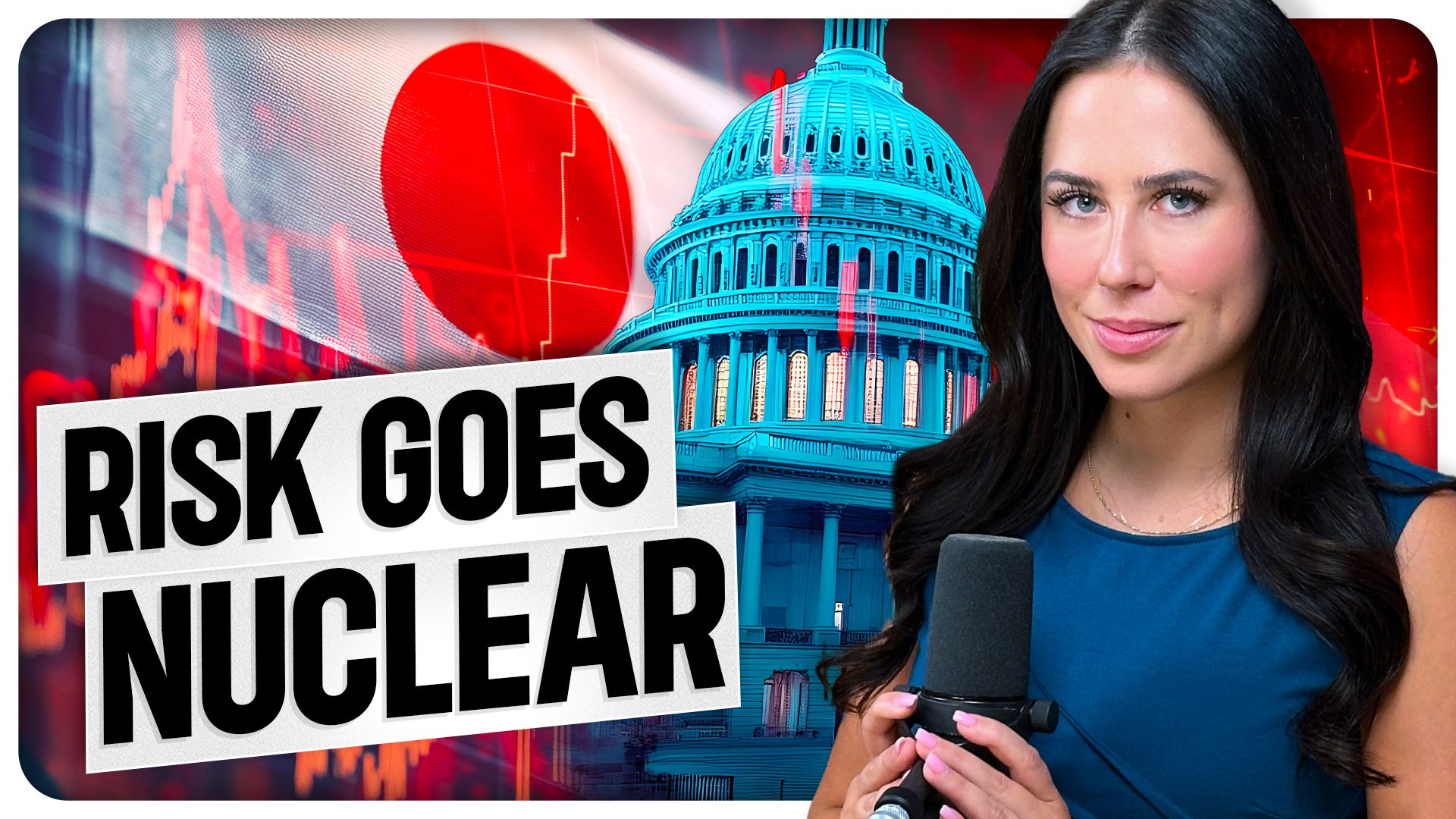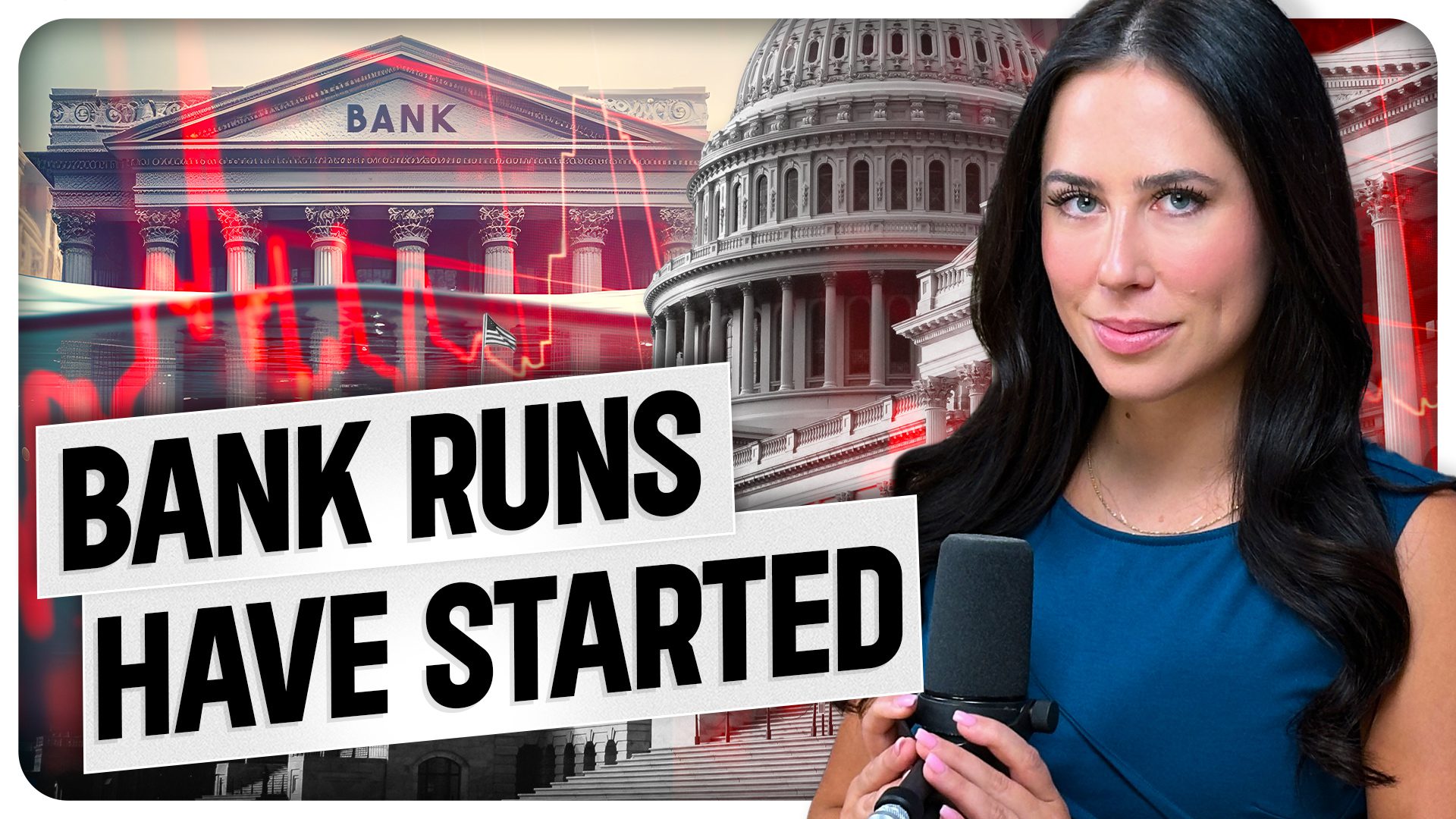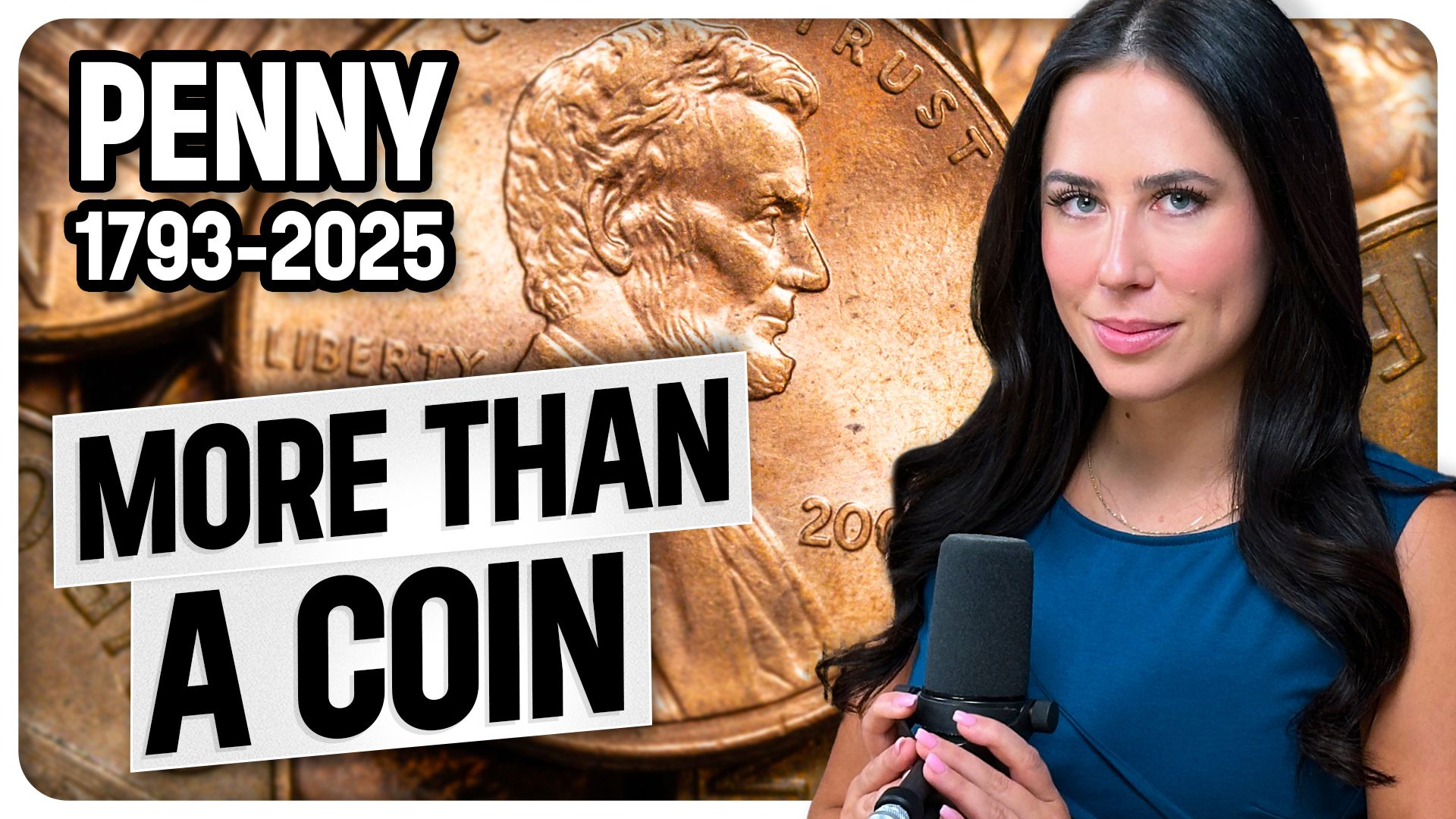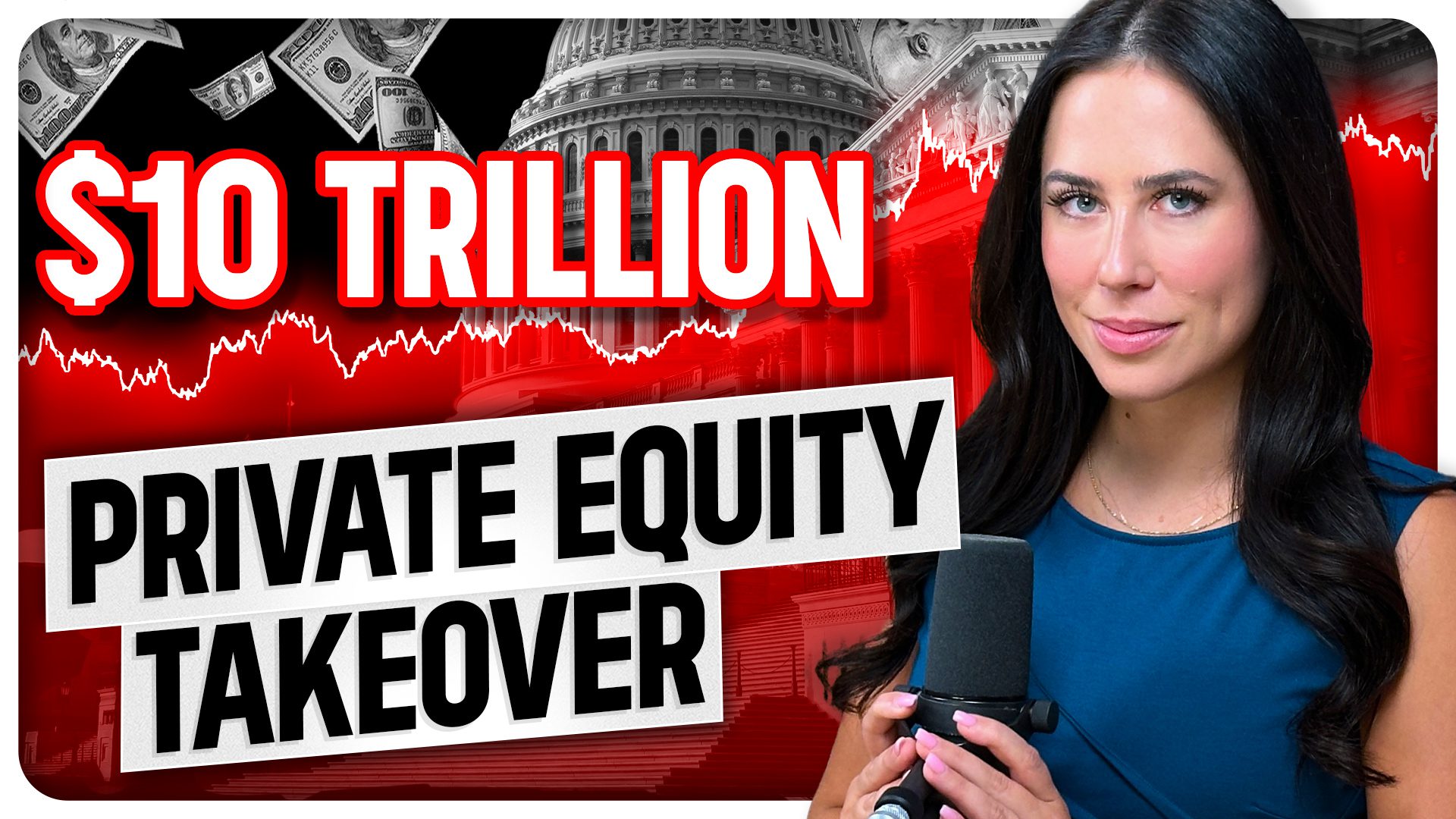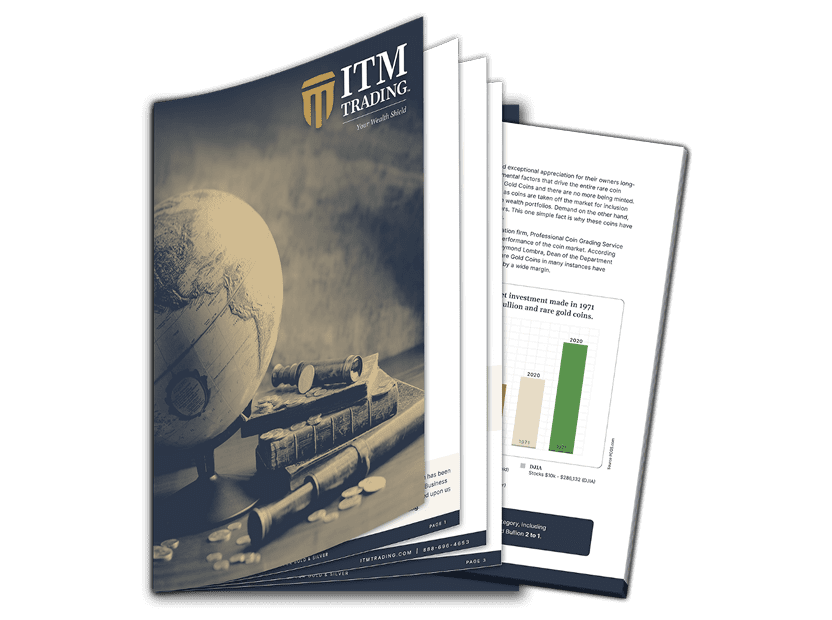A $36 Trillion Lie That’s Destroying the Dollar and Bankrupting Your Future
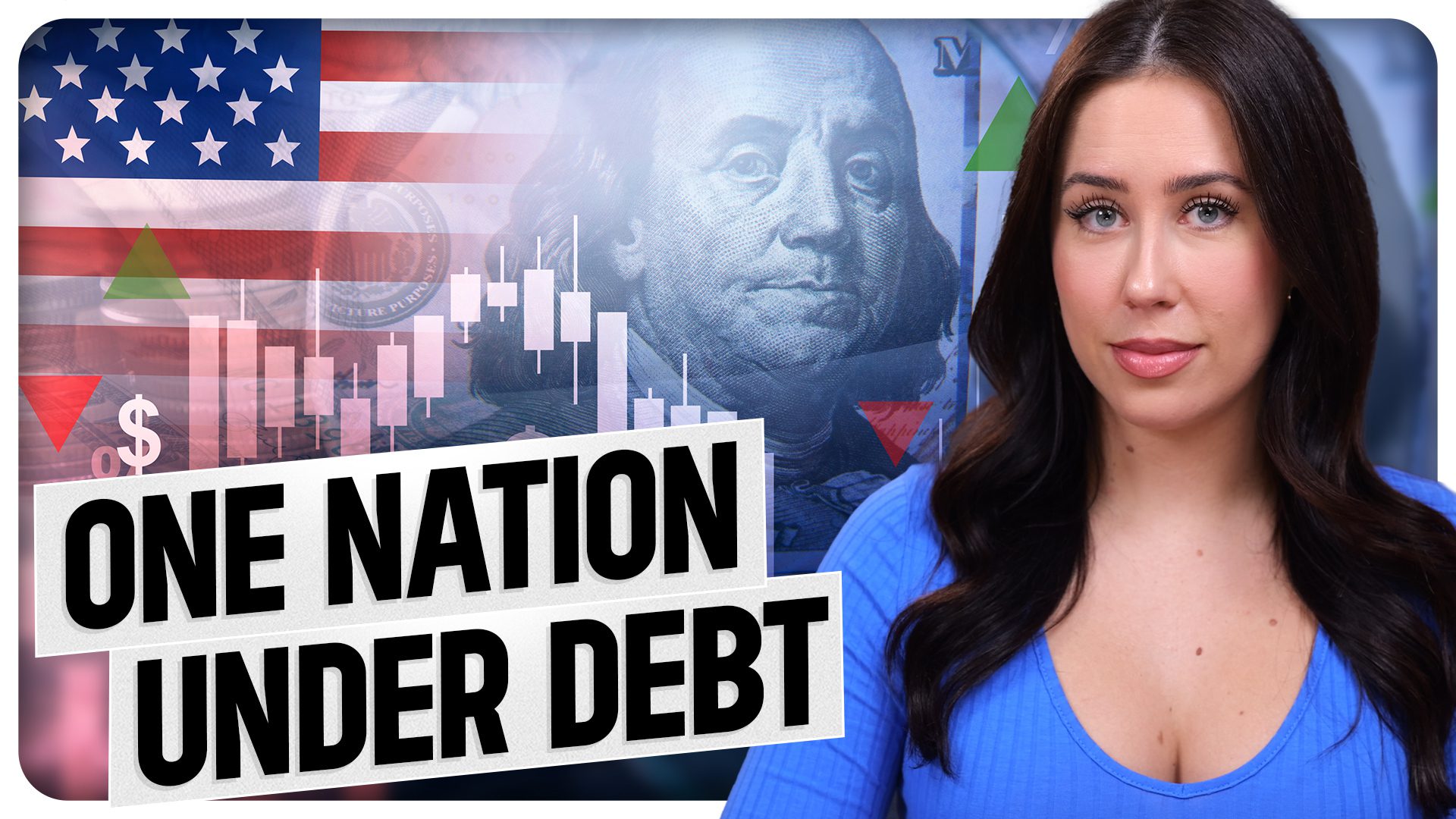
The U.S. national debt has skyrocketed to $36 trillion, with $1 trillion added in just 115 days. What does this mean for the next financial crisis? As government spending spirals out of control, the ability to respond to crises diminishes, leaving Americans vulnerable. In this video, Taylor Kenney dives deep into the growing dangers of national debt, hyperinflation risks, and how to protect yourself with physical gold and silver. Don’t wait—secure your financial future today!
CHAPTERS:
00:00 What $36 Trillion in Debt Means for the U.S.
00:46 Why the Media Avoids the Truth About Debt
02:31 The Illusion of Economic Stability
03:44 The U.S. Debt Crisis: Two Possible Outcomes
04:53 Real-World Consequences for Americans
06:02 How Overspending Affects the Next Generation
07:12 The Risk of a Currency Reset or CBDCs
08:27 Preparing Your Wealth Outside the System
09:33 Final Thoughts and Expert Guidance
TRANSCRIPT:
[00:00]
What happens when your government spends $1.20 for every dollar it brings in? The answer: $36 trillion in debt and counting. But here’s the kicker: in the last 115 days, we’ve added a trillion dollars to that number. But what does this mean for the next crisis? As this debt continues to climb, so do the payments. In fact, 1 in 5 dollars the government spends is to repay investors for borrowed funds. This means the ability to create growth from government spending is squeezed, limiting the impact of each dollar and severely reducing the United States’ ability to respond to a crisis.
But thankfully, there’s no crisis brewing, right? Because if there was, we’d need more funding with more impact—not less—to help the American people out of the next crisis. This is something that most economists have been screaming about, with urgency picking up in recent years as spending spirals out of control.
[00:46]
But let’s be honest, when was the last time you saw a headline on a major news network warning about the true dangers of national debt? I’ll let you in on a secret: it’s not that the issue doesn’t exist; it’s that addressing it doesn’t serve the interests of those in power.
While fear might sell, a full-blown panic doesn’t fit their agenda. It has to be just enough. That’s why they focus on topics that distract and divide. Take inflation, for example. When inflation hit record highs, how often did you hear the news say, “This is the direct result of the government’s completely out-of-control spending?”
[01:21]
No. What did they say instead? “Oh, global supply chain issues.” Or, “Putin’s price hike is hitting America hard.”
There’s no bumper-sticker answer that they can give to a complex problem like inflation. But unexpected events? Give me a break. There’s nothing unexpected about what’s going on. Those in power know exactly what is happening.
So why this narrative? Because the truth threatens the institutions and agendas the media is tied to. If politicians admit that the United States is drowning in unsustainable debt, they’re forced to either raise taxes, cut spending, or both—none of which are popular options when trying to win votes.
[02:31]
So instead, they continue to kick the can down the road. Anyone who tells you the United States will never default on its debt is repeating a sound bite designed to reassure the public without addressing the root issue. Those in power are playing a game of short-term gain for long-term pain, and you and I are left to deal with the fallout.
Let’s not forget: all we have to do is follow the money. The media is funded by advertisers, major financial institutions, and others who benefit from the current system. It’s no surprise that they want to keep it going. They’re not the ones losing their retirement to inflation—it’s you and I who are suffering for their benefit, all while being told that the debt doesn’t matter because “we can always print more.”
[03:44]
Imagine telling your kids, “Well, we maxed out every credit card in your name, but don’t worry, we’ll figure it out later.” That’s exactly what’s happening at the federal level. Privately, they know the truth. The current manufactured crisis cannot go on forever.
As it escalates to a breaking point, they’re left with two options:
- Keep doing what they’re doing—ignore the debt, keep printing dollars, and pretend none of it matters.
- Focus on reducing the debt and stop overspending.
But before you get too excited about option two, it also has its problems. The system, as we know it, is propped up. The stability we see is nothing more than an illusion. If they were serious about stopping overspending, the entire system could collapse.
[04:53]
This means that no matter what happens next, the average American loses—their savings, their retirement, everything they’ve worked so hard for.
There are ways to protect yourself outside of the system—like holding physical gold and silver—but let me ask you: what option do you think they’re going to choose? One or two? Keep doing the same, or stop spending? Let me know in the comments below.
If you answered option one, I’d agree with you. But let’s take a step back and really think about how this impacts you. This debt isn’t just numbers on a screen—it has real-world consequences.
[06:02]
The spending today is borrowing from tomorrow, passing the burden onto our children and grandchildren. With average tuition costs rising 8% per year, and us losing 25% of our purchasing power in the last four years, saving for the average American family is becoming nearly impossible.
The stock market is still functioning, and the lights are still on, but let’s be honest—the entire system is a house of cards propped up by government overspending.
[07:12]
The government’s ability to respond to the next crisis is severely limited because they’ve already used all their tools: low interest rates, stimulus, bailouts. What are they going to do next? Print more money? That leads to hyperinflation. No, that’s when we’ll see a currency reset, revaluation, or central bank digital currencies (CBDCs). None of these are good for you and me.
[08:27]
That’s why I do what I do—to help people understand that the debt does matter and to prepare accordingly. Volatility is incoming, and the best way to protect yourself is outside of the system. For me, that’s physical gold and silver—something that’s not in their control.
If you don’t have a plan in place or want a second opinion, that’s what our team is here for. Call the number below or click the link in the bio to talk to one of our expert analysts.
[09:33]
No matter what you decide, make sure you’re protected outside of their control. Thank you for being here. I’m Taylor Kenney with ITM Trading—your trusted source for all things gold, silver, and lifelong wealth protection. Until next time.
